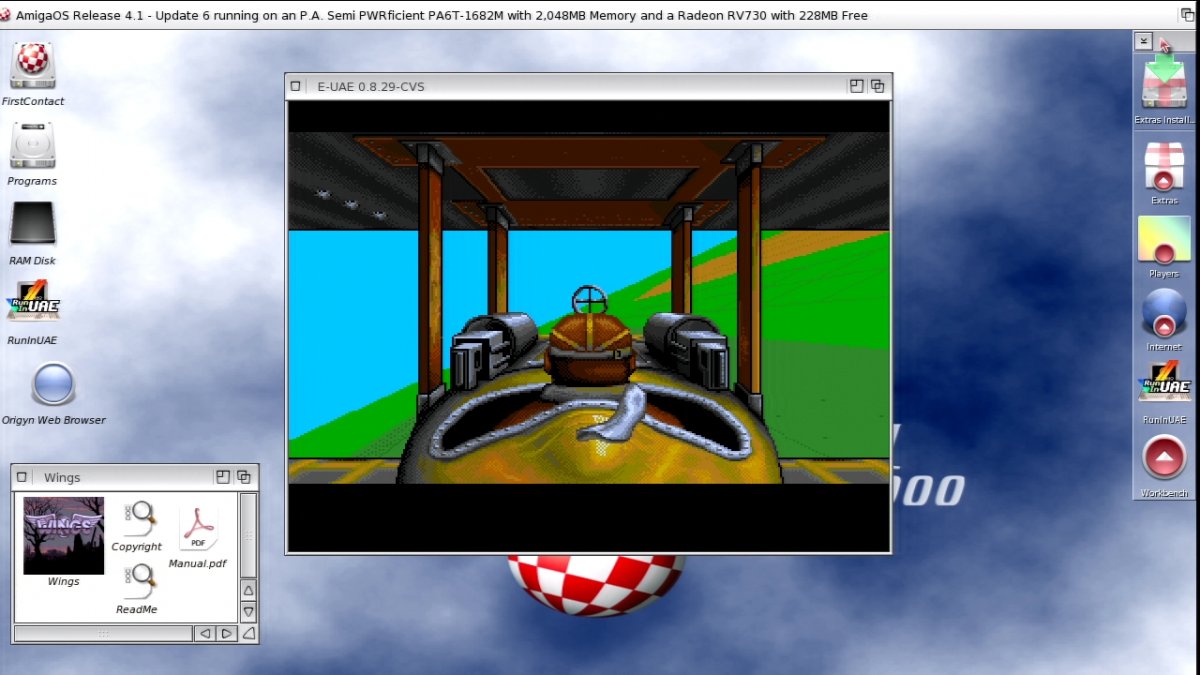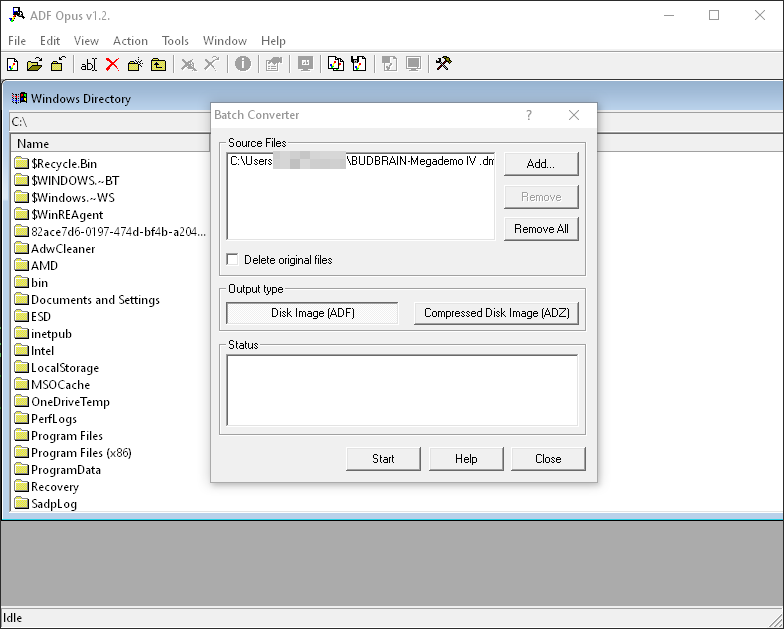

Select your Workbench adf file and start WinUAE. You need to get this from the net if you haven't already done so. To format a disk you need to open up the Amiga operating system called Workbench. WinUAE will do this for you when you create the disk but if you want to erase the disk you need to know how. Like the PC, the Amiga needs to prepare it' s disks for writing data on to. Type in a name and press OK and your ADF disk is created. This has no reflection of the name of the disk in WinUAE as it will always be called the name you enter when you format it. The "Create Custom Floppy" will make completely blank disks which are mainly used for save game disks.Īs you click one of the buttons a file window will open and lets you type the adf filename of the disk. The "Create Standard Floppy" button will make a standard Amiga disk which is already formatted. The first box will let you select the type of disk to create. Under the disk selection area the are a couple of buttons that will create blank floppy disks. If you haven't started WinUAE then when you do, if the disk is bootable, it will automatically start loading. If you are running WinUAE then close the config window and the disk will automatically be recognized. Press OK and you'll now see it in the text box. To use an adf file press the "." button next to the drive you want and select the adf disk you want to use. If you start getting problems move it back to 100% as the disk will run exaclty the same as an Amiga. As WinUAE only emulates a floppy drive you can speed up the loading of games and data by moving the slider. There is a tick box next to the "Eject" button that lets you write enable/protect you adf disk.Īt the bottom you can see a slider for the floppy's speed. The "Eject" button will remove the adf file from the "drive".Īs WinUAE treats adf files exactly the way the Amiga treats a disk you may want to protect the data you have saved. The button with "." opens a file window which lets you select the adf file. This shows the file name of the adf disk in the "drive". Next to the drive select there is a text box. WinUAE also supports a 5.25 single density drive (440kb) for maximum compatibility but as far as I recall the Amiga never had one by default. As time progressed high density drives came out which supported twice the capacity or 1760kb of data. The Amiga traditionally had a 3.5 inch double density drive which could store 880kb of data. Next to the drive name you can select what kind of drive to emulate. Each of the drives is marked "DF." and they will appear under the same name when running WinUAE. This is very useful as some Amiga games can come on 10+ disks and thats a hell of alot of disk swapping. OK the fisrt thing you can see is that WinUAE supports up to 4 drives at a time. If you are already runing WinUAE press F12 to bring up the options menu and then press the "Floppies" tab. If you are still at the main options screen click "Floppies" to enter the ADF screen. You can use an ADF file either before or during emulation. DMS files are covered on the Using DMS page. This can squish the ADF file by up to 50% therefore saving alot of space. An ADZ file is a compressed ADF file using a program called GZip.
#Amiga emulator run dms files download
When you download a program from the internet it will normally be stored as an ADF file, however there are two other file formats that you might get which are ADZ and DMS.
#Amiga emulator run dms files Pc
The Amiga used special disks that aren't compatible with PC drives therefore for WinUAE to support floppies they needed to be converted into a file format.ĪDF files are copies of Amiga disks in a file and are always 880k which is the size of Amiga disks.

All games and applications were also supplied on floppy disk (often several) but there is a problem. The Amiga being a computer primarily used floppy disks to store it' s data on.


 0 kommentar(er)
0 kommentar(er)
